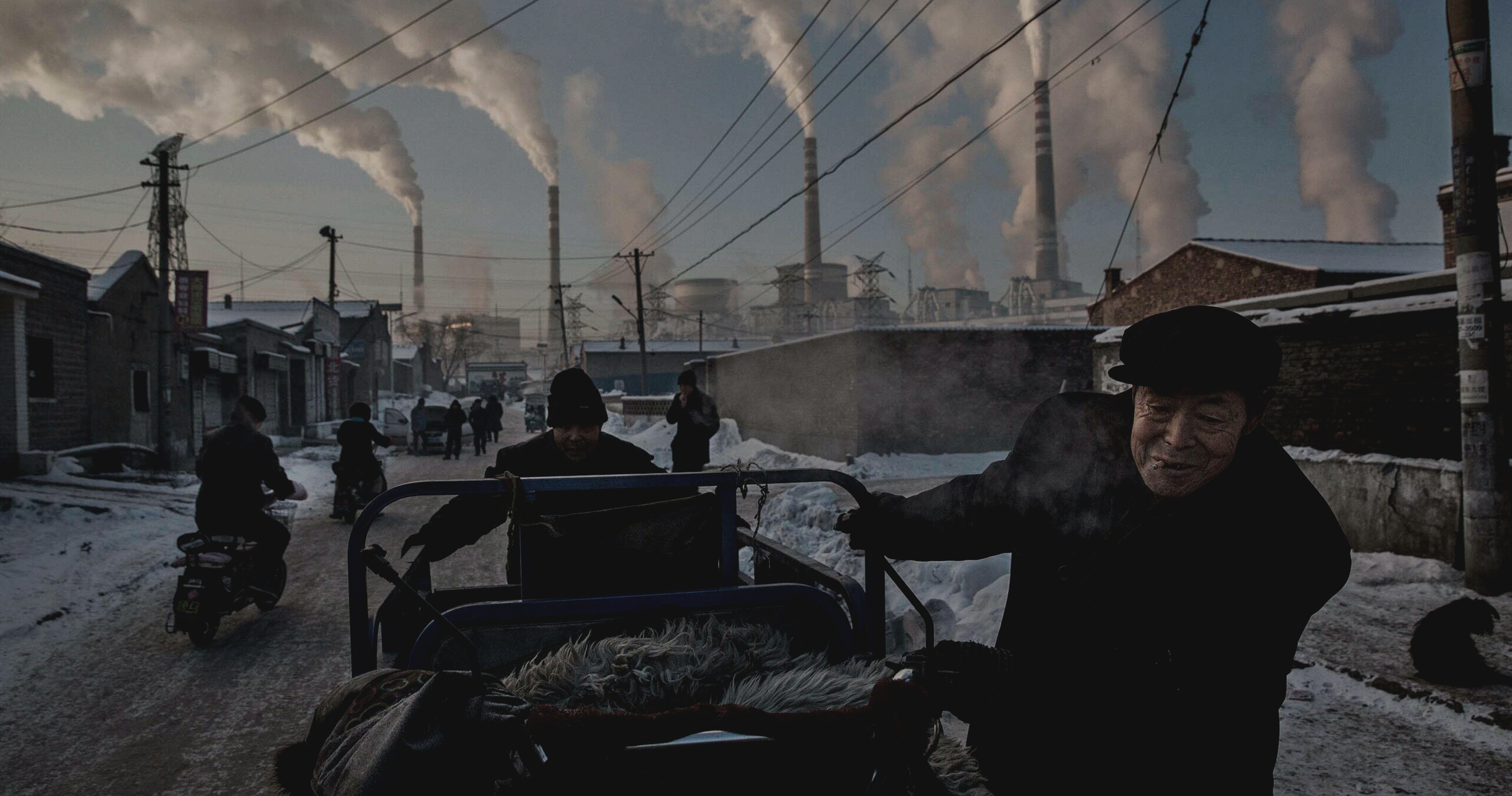"The proportion of coal in China's primary energy mix is equal to that of the global energy structure almost a century ago, which is indeed worrisome, but also means there are opportunities."
Says Huang Xiaoyong, director of the global energy security
research center under the Graduate School of the Chinese Academy of
Social Sciences. From 1980 to 2014, the proportion of coal accounted for
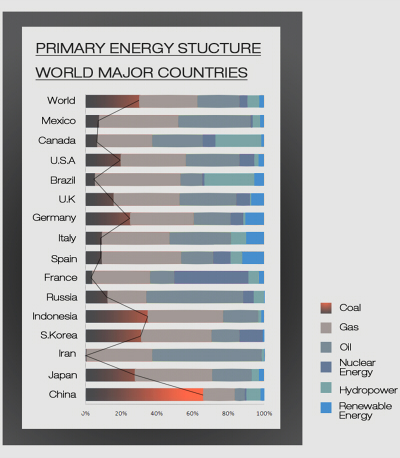
The coal reliance in China is really astonishing and alarming. In 2014, China contributed
China's reliance on coal is a result of the country's resource distribution - rich in coal but poor in oil and gas - and its need to maintain economic growth and energy security. Massive coal production powered China's economic advance in the past few decades. But now, is it time for coal to make way for new energy?

Natural Curse
Natural Curse
These two coal maps are almost in a
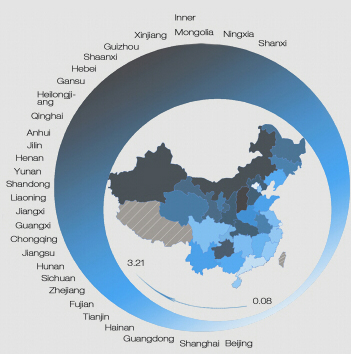
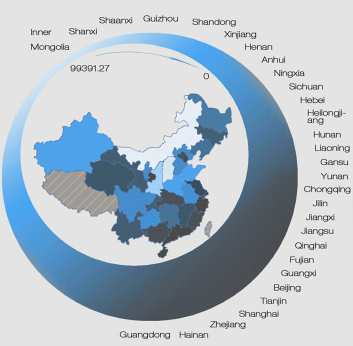
This symmetry tells a
Mine
Accidents
The map shows the serious accidents in Shanxi caused by gob areas in recent years.
The latest statistics given by the Office of the People's
Government of Shanxi Province indicates that the gob areas caused by
coal mining amounts to 5000 square kilometers , about

Strong
Impacts
Activities of coal mine production also made the residents around in a wretched existence. The left chart depicts the impact areas of the coal mine activities, which include waste water, noise and water scarcity. However, the real situations are much more complex and austere. There are nearly one thousand of such mines in Shanxi. Wherever the coal mine passes, it leaves behind a trail of devastation.

Direct
Victims
In the latest analysis, the miners are the most directly and hardest victims of the coal mining activities. 2013 Chinese Health Statistics Yearbook released a series of information about the health situation of miners. From the following data graph we can see that how harmful mining could be, as miners have to bear the noise and dust from coal mining.


Transition on Road
Transition on Road
Green energy has become the popular and the transition for energy structure is being made.
In 2010, the National Development and Reform Commission had confirmed the government will take concrete actions to develop a
| -2.6 | %decrease in 2015 China coal production. The number is the highest ever since. |
Coal consumption accounted for
"The data showed China's energy structure is becoming more diversified and optimized," said the NBS. China won't approve any new coal mines before the end of 2019, according to the State Council, as authorities work to slash overcapacity in the industry.
The country will shut down
China has specified that it aims to bring the share of non-fossil energy to
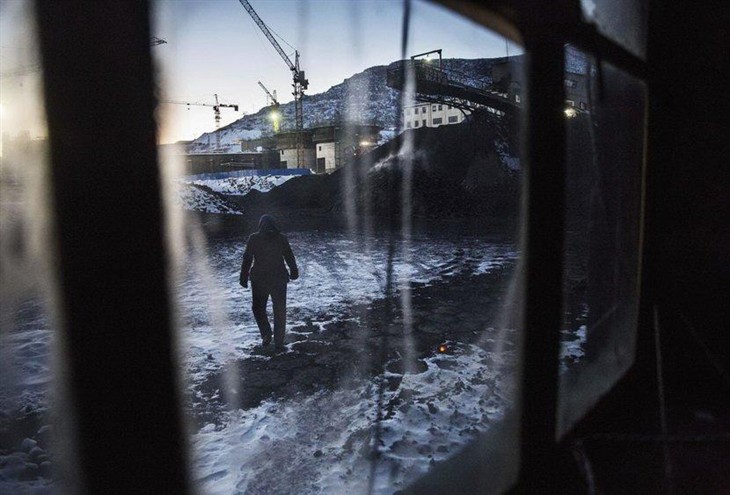
Deeper Challenges
Deeper Challenges
Energy structure transition asks for
slashing overcapacity in coal industry. This might not be good news for
coal workers. Government policies to cut overcapacity means
The rapid expansion in golden ages now has become heavy burden for many companies. The massive lay-offs was described as
Yin Weimin said recently that the central government would spend 100 billion Yuan in the next two years to help resettle those laid-off workers in coal, steel and other sectors that suffer from overcapacity. This shows the central authorities' determination to reduce overcapacity as well as resettle laid-off workers.
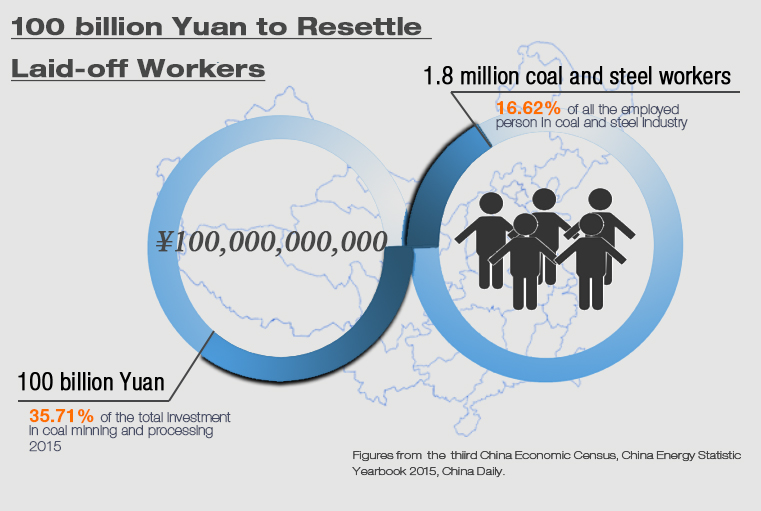
Pains of Coal Industry
The whole coal mining and processing industry is at a low ebb, just like a fish trapped in a dry rut. Most of the coal enterprises are heading forward laboriously with the pains of inventory pressure, low profit, and a shortage of funds.
Figures from: Analysis on the development status of China's coal industry in 2015
China's coal companies are looking to diversify as they battle a sales slump amid ongoing supply-side reform. “Using less energy to drive more output is the key solution to China's healthy growth." says Zhao Yong, associate researcher of the Energy Research Institute of the National Development and Reform Commission. This is our target. On the road of transition, when we hail for achievement, we should not ignore the sacrifices. Energy structure transition, there is a long way to go.


&
Credits
Story by:
Yao Wei Renmin University of China
Liu Siman Renmin University of China
Photos all by:
Kevin Frayer
